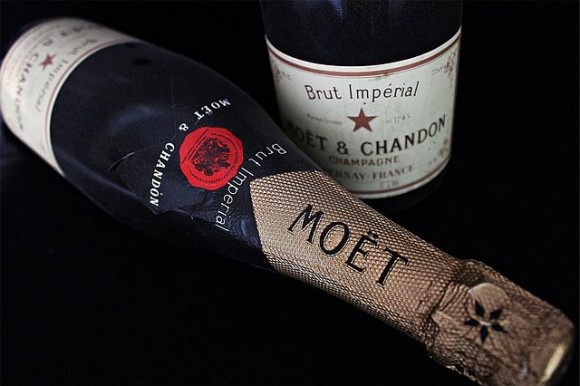Champagne France Region: How to Discover This Sparkling Area

Champagne France Region: How to Discover This Sparkling Area
We made a last minute decision to go to Champagne France Region for the holidays-secretly, for selfish reasons, as Pierre’s family was gathering in Soissons, close to Reims. I couldn’t resist the urge to go, so we packed up our family and set out for our mini exploration of Champagne France after celebrating Christmas.
The itinerary included a representative mix of the grand–large houses with millions of bottles sold every year–and the intimate–grower-producers who embody the heart and soul of the region. We also did a quick pit stop to Chateau Hotel Les Crayeres to see what was new on the horizon for 2009.
Champagne France Region : The Large Champagne Houses
- Dom Perignon is only produced in the finest vintages from grapes grown on 100% Grand Cru vineyards.
- Fermentation is in stainless steel tanks.
- Following secondary fermentation, it was aged for six years prior to release.
- White fruit, pineapple, pear and my grandmother’s brioche came to mind during the experience; with a long finish that was down right delightful.
Champagne France Region : The Boutique Champagne Houses
I also spent time with Beatrice and Jean-Yves de Carlini, grower producers from the Grand Cru Village of Verzenay. There are only 1100 inhabitants, and 90 grower producers! Here I was treated to tour of the facilities, where I saw an impressive hydraulic horizontal press that is less brutal on the grapes than others. This is a very costly machine, given that it stands idle most of the year, and shows the de Carlini’s commitment to quality.
- There are many obstacles these grower producers face.
- There is limited supply of grapes means they can only sell a certain quantity of wine.
- Rising costs for labor and reduced space in the village means the production area is really difficult to maximize for the best conditions.
- Vineyard management of which they can only control to a certain degree, mother nature does not negotiate.
- All this said, the de Carlini’s work very hard at their craft, and their champagne reflects their labor (they do no export to the US unfortunately).
- We did things a bit different, based on the suggestion of a new contact who was the one who suggested a visit to the de Carlini’s. We started with the brut first, then the extra-brut (typically it’s the opposite) and it did heighten the effect of the extra-brut, which I tend to prefer anyway. A wonderful time and authentic experience.

